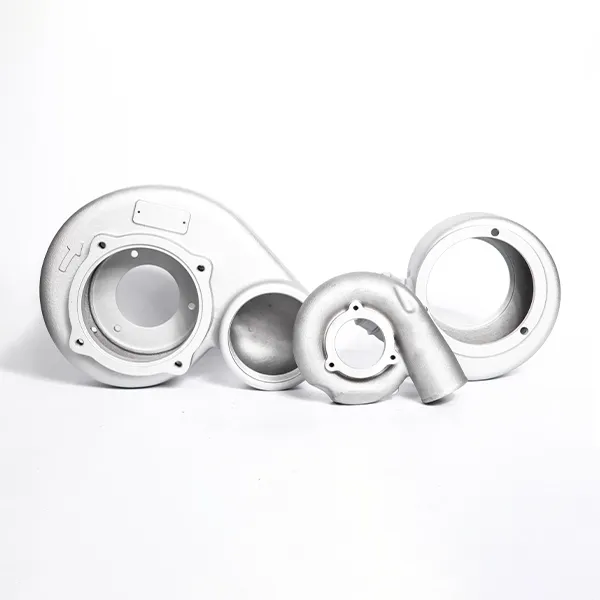Mobile:+86-311-808-126-83
Email:info@ydcastings.com
Casting Techniques for Globe Valve Manufacturing and Design Features
The Importance of Globe Valve Casting in Industrial Applications
Globe valves are crucial components in various industrial applications, particularly in controlling the flow of fluids through pipelines. The casting process for these valves is vital, as it determines their durability, reliability, and overall performance. This article explores the significance of globe valve casting and its impact on industrial operations.
Understanding Globe Valves
Globe valves are characterized by their spherical body shape, which contains a movable disk or plug. This design allows for smooth flow regulation, making globe valves ideal for applications that require precise control of liquid and gas flow. They are commonly used in industries such as oil and gas, water treatment, power generation, and chemical processing.
The Role of Casting in Valve Manufacturing
The manufacturing of globe valves typically begins with the casting process. Casting involves pouring molten metal into a mold to create a solid shape once cooled. This process is essential for producing the intricate designs and configurations required for effective valve performance. The choice of materials for casting also plays a significant role in the overall quality of the globe valve.
Types of Casting Processes
There are several casting methods used in the production of globe valves, including sand casting, investment casting, and die casting. Each method has its advantages and disadvantages, and the selection often depends on the specific requirements of the valve design.
1. Sand Casting This is one of the most common processes, where sand is used to create molds. While it is cost-effective and versatile, sand casting may not provide the fine detail that some applications require.
2. Investment Casting Also known as precision casting, this method provides a high level of detail and a smooth surface finish. It involves creating a wax pattern, which is then coated with a ceramic shell. Once the shell is heated, the wax melts away, leaving a precise mold for the molten metal.
globe valve casting

3. Die Casting This method involves forcing molten metal into a mold under high pressure. Die casting is ideal for producing large quantities of uniform parts, but it is generally used for simpler designs.
Material Selection for Casting
The materials used in globe valve casting are critical for ensuring durability and corrosion resistance. Common materials include cast iron, stainless steel, and bronze. Each material has specific properties suited for different applications. For instance, stainless steel is known for its resistance to corrosion and high temperatures, making it suitable for harsh environments.
Quality Control in Casting
Quality control is another essential aspect of the casting process. Proper inspection and testing methods ensure that the valves meet stringent industry standards. Techniques such as non-destructive testing, dimensional inspection, and metallurgical analysis are employed to verify the integrity and performance of the cast globe valves.
Environmental Considerations
In recent years, there has been a growing emphasis on environmentally friendly practices in the casting industry. Manufacturers are increasingly adopting sustainable materials and processes to reduce waste and energy consumption. This shift not only benefits the environment but also enhances the reputation of the manufacturers as socially responsible entities.
Conclusion
The casting process for globe valves is a crucial element in their production, directly influencing their performance and reliability in industrial applications. With advancements in casting technologies and materials, the industry continues to evolve, delivering high-quality valves that meet the stringent demands of modern industries. As we look to the future, ongoing innovations in casting processes and materials will undoubtedly play a significant role in enhancing the functionality and sustainability of globe valves. Whether in oil refineries or water treatment plants, the significance of globe valve casting remains paramount in ensuring the smooth operation of critical infrastructure worldwide.
-
Why Should You Invest in Superior Pump Castings for Your Equipment?NewsJun.09,2025
-
Unlock Performance Potential with Stainless Impellers and Aluminum End CapsNewsJun.09,2025
-
Revolutionize Your Machinery with Superior Cast Iron and Aluminum ComponentsNewsJun.09,2025
-
Revolutionize Fluid Dynamics with Premium Pump ComponentsNewsJun.09,2025
-
Optimizing Industrial Systems with Essential Valve ComponentsNewsJun.09,2025
-
Elevate Grid Efficiency with High-Precision Power CastingsNewsJun.09,2025











